Description
Introduction
Methylone, also known as bk-MDMA or 3,4-methylenedioxy-N-methylcathinone, is a synthetic stimulant and empathogen belonging to the cathinone class of psychoactive substances.
It’s chemically similar to MDMA (ecstasy) but produces milder euphoric effects and carries similar risks.
Initially researched for potential therapeutic use, Methylone became a popular “designer drug” or “research chemical” during the early 2000s. However, due to widespread misuse and safety concerns, it is now illegal in most countries.
What Is Methylone?
-
Chemical name: 3,4-Methylenedioxy-N-methylcathinone
-
Chemical formula: C₁₁H₁₃NO₃
-
Drug class: Synthetic cathinone (stimulant, empathogen)
-
Street names: Explosion, Ease, Ease-2, bk-MDMA, MDMC
Methylone was first synthesized in 1996 as a potential antidepressant and anti-Parkinson’s agent, but it never entered legitimate medical use.
Instead, it appeared on the recreational market, often mislabeled as “bath salts” or “plant food.”
How Methylone Works
Methylone acts as a releasing agent and reuptake inhibitor of dopamine, norepinephrine, and serotonin — neurotransmitters involved in mood, energy, and reward.
It’s pharmacologically similar to MDMA, but users often describe the experience as:
-
More stimulating and less empathogenic
-
Shorter-lasting and less emotionally intense
These effects come at the cost of potential cardiovascular stress, neurotoxicity, and addiction.
Short-Term Effects of Methylone
Users typically experience:
-
Euphoria and sociability
-
Increased energy and confidence
-
Enhanced sensory perception
-
Mild empathy and mood elevation
-
Increased heart rate and alertness
Negative short-term effects may include:
-
Jaw clenching and muscle tension
-
Anxiety or paranoia
-
Sweating and dehydration
-
Insomnia or restlessness
-
Rapid heartbeat and high blood pressure
💀 Long-Term Risks and Health Effects
Prolonged or repeated use of Methylone can cause:
-
Depression and emotional instability
-
Fatigue and anhedonia (inability to feel pleasure)
-
Memory loss and cognitive impairment
-
Increased heart strain or arrhythmia
-
Potential serotonin system damage (similar to MDMA)
-
Psychological dependence
Overdose or combining Methylone with other stimulants can lead to seizures, hyperthermia, and cardiac arrest.
Methylone vs MDMA
| Feature | Methylone (bk-MDMA) | MDMA (Ecstasy) |
|---|---|---|
| Chemical class | Synthetic cathinone | Amphetamine derivative |
| Duration | 3–5 hours | 4–6 hours |
| Effects | More stimulation, less empathy | Stronger emotional connection |
| Neurotoxicity | Moderate–high risk | High risk with heavy use |
| Legal status | Banned globally | Controlled globally |
While some consider Methylone a “legal MDMA alternative,” it has similar dangers and no approved medical use.
Addiction and Dependence
Because of its effect on dopamine and serotonin pathways, Methylone can lead to psychological dependence.
Signs of addiction may include:
-
Cravings and redosing frequently
-
Anxiety and depression between uses
-
Neglect of personal or social responsibilities
-
Insomnia and irritability
Treatment:
Addiction is treated with behavioral therapy, support groups, and in some cases medical detox. Long-term recovery focuses on restoring brain chemistry and healthy coping mechanisms.
Harm-Reduction Advice (Educational Only)
If someone is exposed to Methylone:
-
Avoid mixing with alcohol, MDMA, or other stimulants.
-
Stay hydrated and cool to prevent overheating.
-
Do not redose frequently.
-
Seek medical help if chest pain, confusion, or hallucinations occur.
Still, the safest option is not to use it, as risks outweigh potential effects.

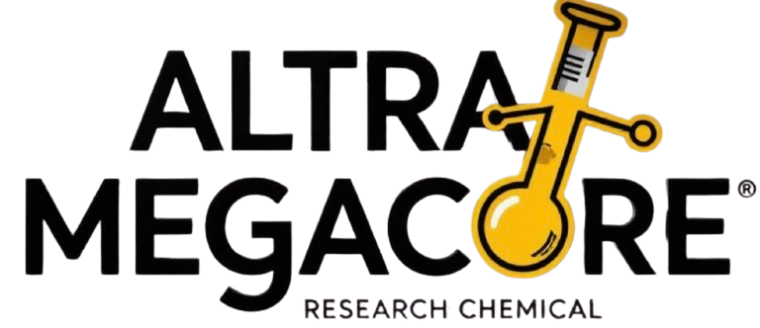
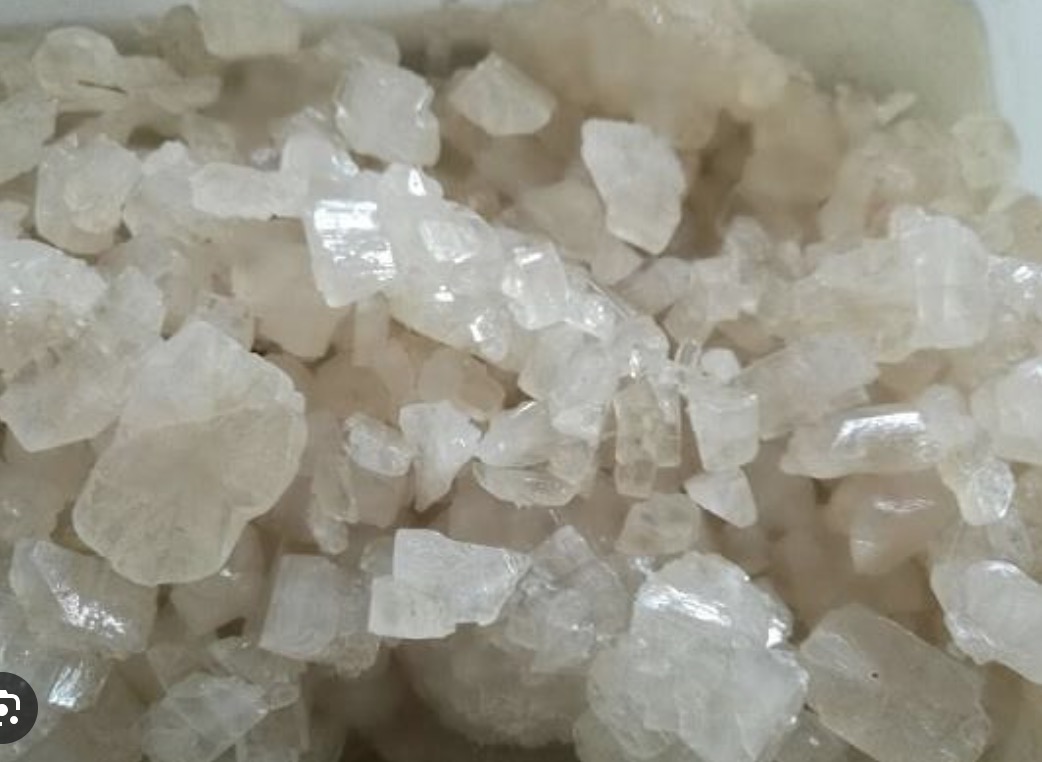
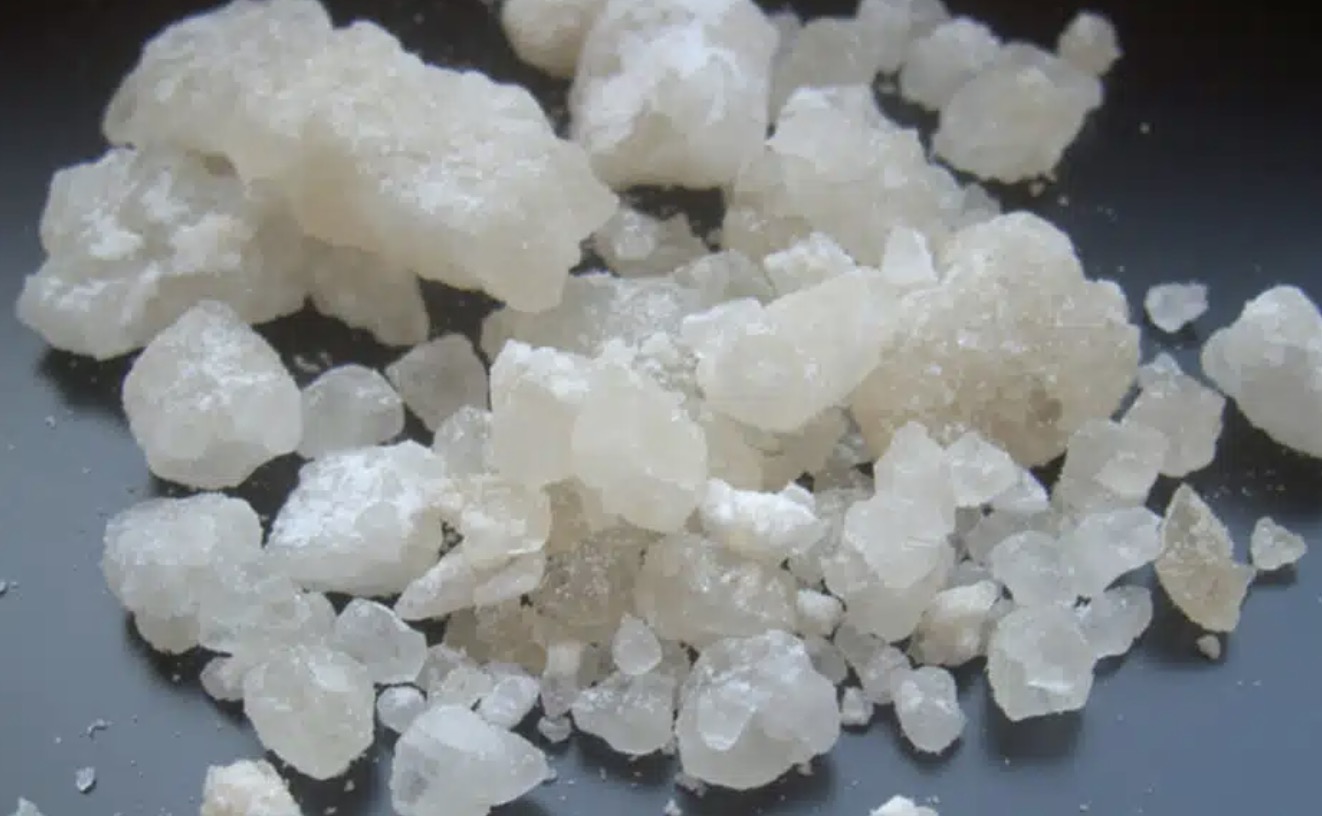
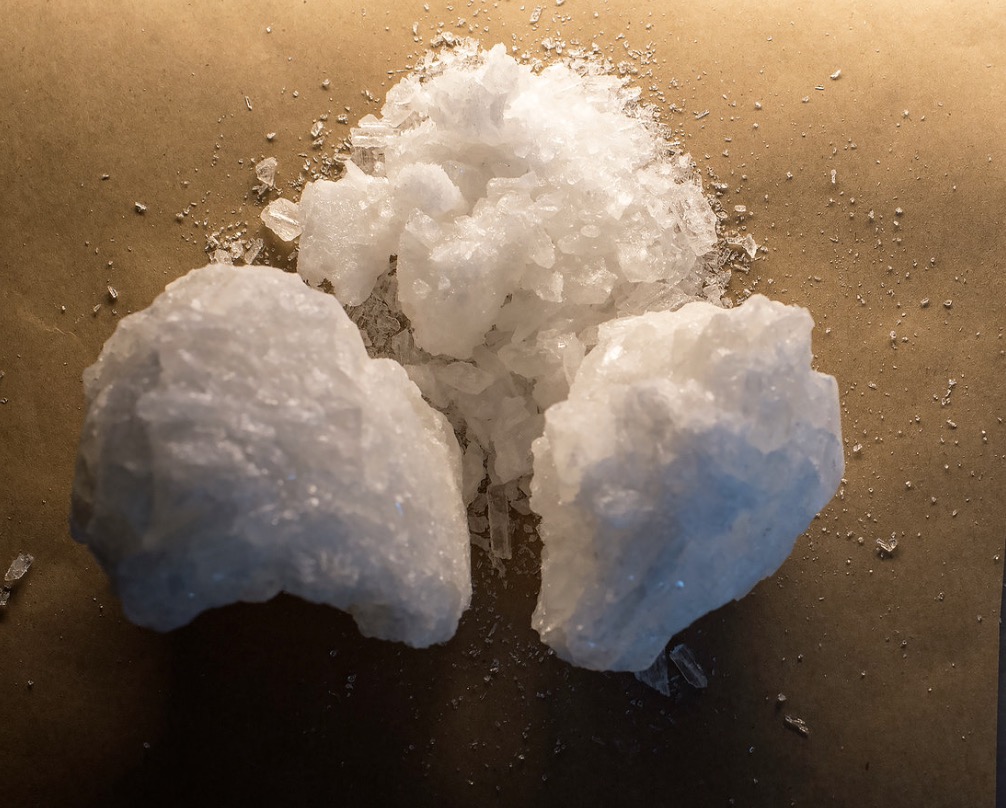
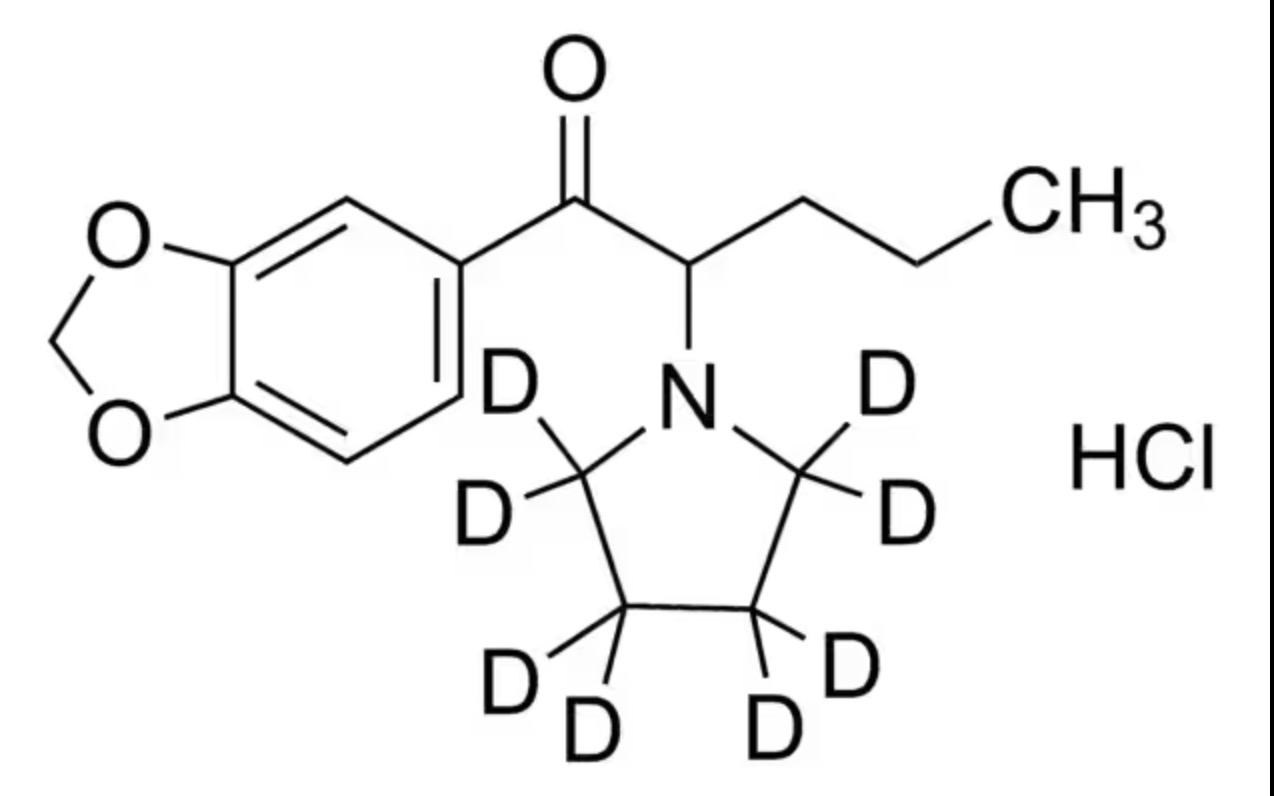


Reviews
There are no reviews yet.